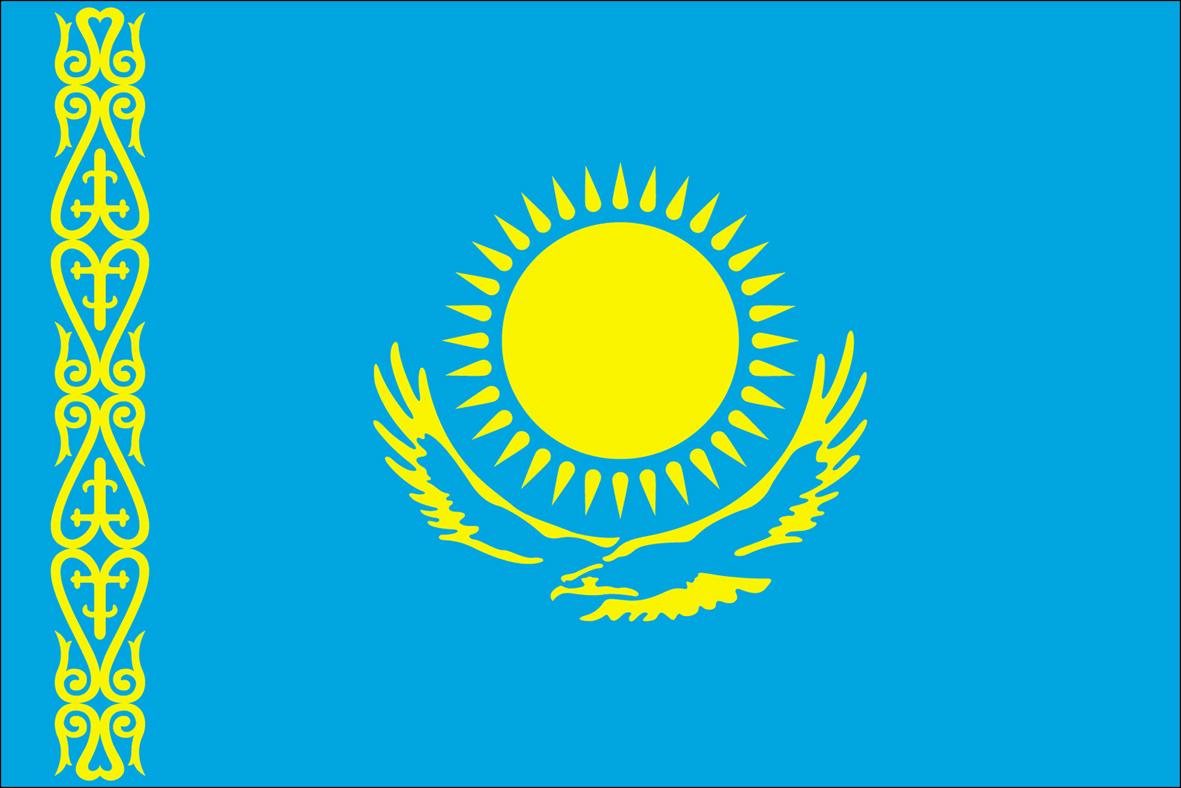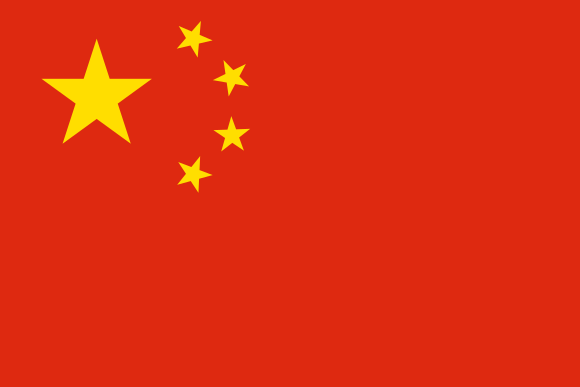Kyongju and the Silk Road
Kyongju, the capital city of the Silla dynasty, was slow to be influenced by foreign elements arriving from the northwest owing to its situation on the peninsula. This meant that Silla was able to assimilate foreign influences that arrived via the Silk Roads slowly rather than accepting them directly and indiscriminately. After unification on the peninsula, Silla became increasingly exposed to external influences. This enabled it to bloom as a cosmopolitan city-state and to accommodate and adapt its culture as new influences and cultural elements arrived via the Silk Road. Agents of this change were official delegations bearing gifts, students studying abroad, Buddhist priests and merchants travelling along the Silk Roads.




